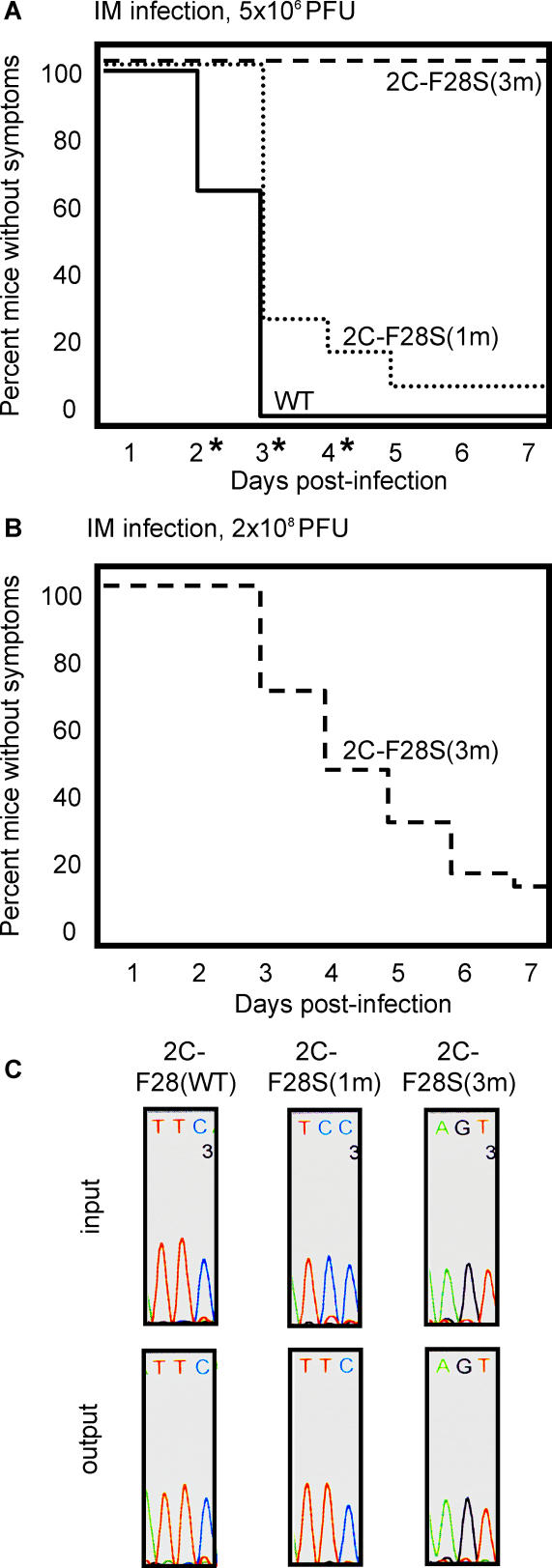Figure 6. Pathogenesis of Mixtures of Wild-Type and 3D-G64S Viruses Containing the 2C-F28S Temperature-Sensitive Attenuating Mutation.
PVR mice were injected intramuscularly with 5 × 106 (A) or 2 × 108 (B) PFU of total virus. The viral inocula were 1/10 mixtures of the wild-type/3D-G64S derivatives to allow 3D-G64S viruses a chance to compete. For example, 2C-F28S(1m) was a mixture of 5 × 105 PFU of 2C-F28S(1m) and 4.5 × 106 PFU of 2C-F28S(1m)/3D-G64S, giving a total of 5 × 106 PFU. The numbers of mice in each group, as designated by the identity of the 2C allele, were: wild-type, 26 mice; 2C-F28S(1m), 32 mice; 2C-F28S(3m), 4 and 27 mice in (A) and (B), respectively. Asterisks denote time points where statistically significant differences (p < 0.05, determined by two-sample Student's t-test, [d 2, 0.00125; d 3, 0.00125; d 4, 0.0112]) were observed between 2C-F28S(1m) and wild-type viruses. (C) Sequence analysis of RT-PCR products from viral RNA pools (“input”) used to inoculate the mice shown in (A) and from muscle tissue after development of disease (“output”). For output samples, samples from at least three mice were sequenced, and a representative example for each is shown.
DOI: 10.1371/journal.ppat.0010011.g006

